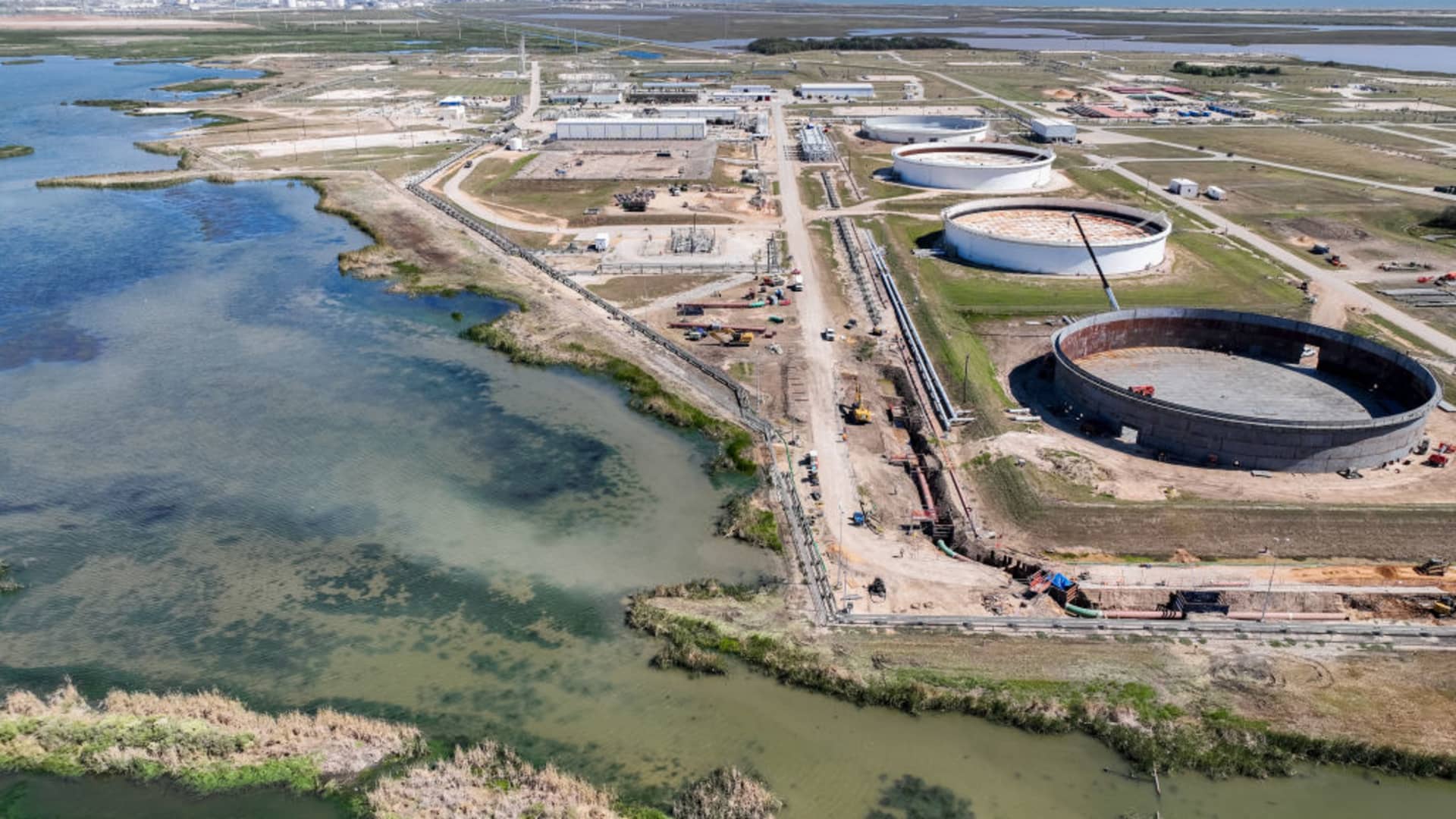The Biden administration is considering tapping additional reserves of heating and crude oil as winter nears and uncertainty over market prices worsens, according to four people familiar with the matter.
The U.S. currently holds about 1 million barrels of heating oil — a form of diesel fuel used primarily to heat homes — in three commercially leased locations in the New York and Connecticut. The White House is weighing whether to call on Congress to raise the storage limit, potentially doubling it, to build additional reserves the administration could release if supply tightens or prices rise again, according to two sources familiar with the matter.
“While improving, industry-held fuel inventories are still below average and the administration continues to engage with industry on asking them to increase fuel stocks,” the Department of Energy said in a statement to CNBC. “The administration continues to work with lawmakers and industry to identify all options that can help American consumers.”
Industry heating oil inventories have risen slightly in recent weeks, now sitting about 10% below the five-year average, according to Energy Information Administration. But with a 54% jump in heating oil prices in the last year, any hiccup in supply could mean a headache for consumers.
Crude oil, meanwhile, has dropped to prices last seen in early 2022 before Russia invaded Ukraine, leading to speculation the administration could move to replenish the stocks, which stand at half the total capacity of the Strategic Petroleum Reserve, the lowest level since the mid-1980s.
But the White House is bracing for a potential price spike, with Europe’s oil embargo and the G7’s price cap on Russian oil possibly disrupting supply when they go into effect next week. Two senior administration officials say the option remains open to release additional oil from the reserves in early 2023.
“I think we want to make sure that we take the right steps in a measured way,” Amos Hochstein, a senior energy advisor to President Joe Biden, said on CNBC’s “Squawk Box.” “The goal has been consistent — to have prices that are fair to the industry but fair to the consumers as well.”
The White House could face additional pressure from a Republican-led House of Representatives to replenish the Strategic Petroleum Reserve when the new Congress begins its session in January. In June, the leading Republicans on the House Energy & Commerce Committee suggested the Strategic Petroleum Reserve’s falling level was becoming a national security risk.
“It is imperative that DOE maintain the nation’s petroleum reserves in a manner that does not limit our ability to prevent or reduce the adverse impacts of true energy supply shortages,” wrote Reps. Cathy McMorris Rodgers, R-Wash., and Rep. Fred Upton, R-Mich.
The White House has said it plans to replenish the Strategic Petroleum Reserve when prices are between $67 and $72 a barrel, and it hopes to enter into fixed-price contracts with producers by the end of 2023.
